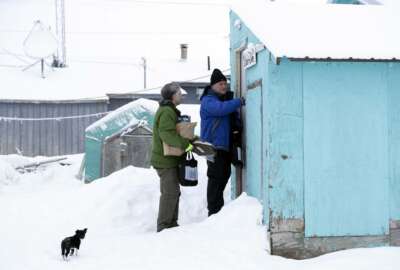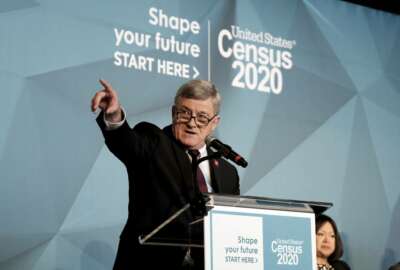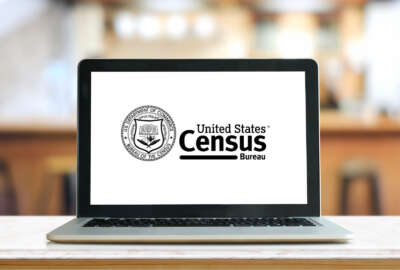
Census in Alaska: Every individual counts
Why the Census is about more than congressional apportionment and aid distribution.
Washington denizens spent much of Tuesday riveted to the impeachment trial. To me it had the look of an opera or a professional wrestling match — choreographed and rehearsed, yet compelling.
Thousands of miles away, the daily work of the government got underway also in a staged fashion. Census Bureau Director Steve Dillingham, all bundled in parka and boots, traipsed to a little town called Toksook, Alaska. Situated on the Bering Sea, the tiny town, established in the 1960s, has a population of plus-or-minus 660. Dillingham’s mission was to kick off the 2020 Census — showtime for the bureau.
Dillingham presented a paper Census form to a 90-year-old woman who is the head of a household. She was designated by the Native Alaskan village elders to become the first person officially counted. One published account added the detail that Dillingham also presented Lizzie Chimiugak Nenguryarr with a pencil.
Yes it was a publicity stunt, and dutifully reported in broadcast and print. And yet good for Dillingham and the Census employees who flew up there with him in a flimsy little plane landing on snow and ice. Ceremonial duties help maintain a vital connection between high-appointed minister and an elderly lady who, far away as she lives, is an important citizen.
Even Queen Elizabeth II, unknowable as she appears under those awesome hats, attends hundreds of local school, hospital, and military installation events every year. It helps societal cohesion and the legitimacy of her office.
Related Stories

As 2020 Census hiring ramps up, bureau expects ‘swimmingly successful’ field operations
I think the founders had a deeper instinct when choosing to include a census in the Constitution. They wanted a nation centered on individuals, not of undifferentiated masses or subjects or classes. Even in adding everyone up, each person is counted as an individual. This idea goes back to biblical times.
Other nations, including England and India, are actively considering replacing their census with database-derived and statistical means. Data sources would include tax IDs and various registration cards.
Census counts are difficult and costly. This year’s will cost nearly $16 billion, more than an aircraft carrier. They required large, standing bureaus to start planning the next 10-year count even before the current one is finished. Even with the internet, the Census Bureau is trying to hire as many as a half-million temporary, part-time enumerators to hoof it door-to-door, counting those who don’t send their information online.
With technological means, the government would cut costs by some estimates up to 40%. You could have continuous population numbers, updated almost as fast as people are born. Compelling reasons to trim away the complicated apparatus.
I don’t think the country would ever go for that, and I hope it doesn’t. It’s one of the most important ways a nation says to each person, “You count.”
Copyright © 2025 Federal News Network. All rights reserved. This website is not intended for users located within the European Economic Area.
Tom Temin is host of the Federal Drive and has been providing insight on federal technology and management issues for more than 30 years.
Follow @tteminWFED





